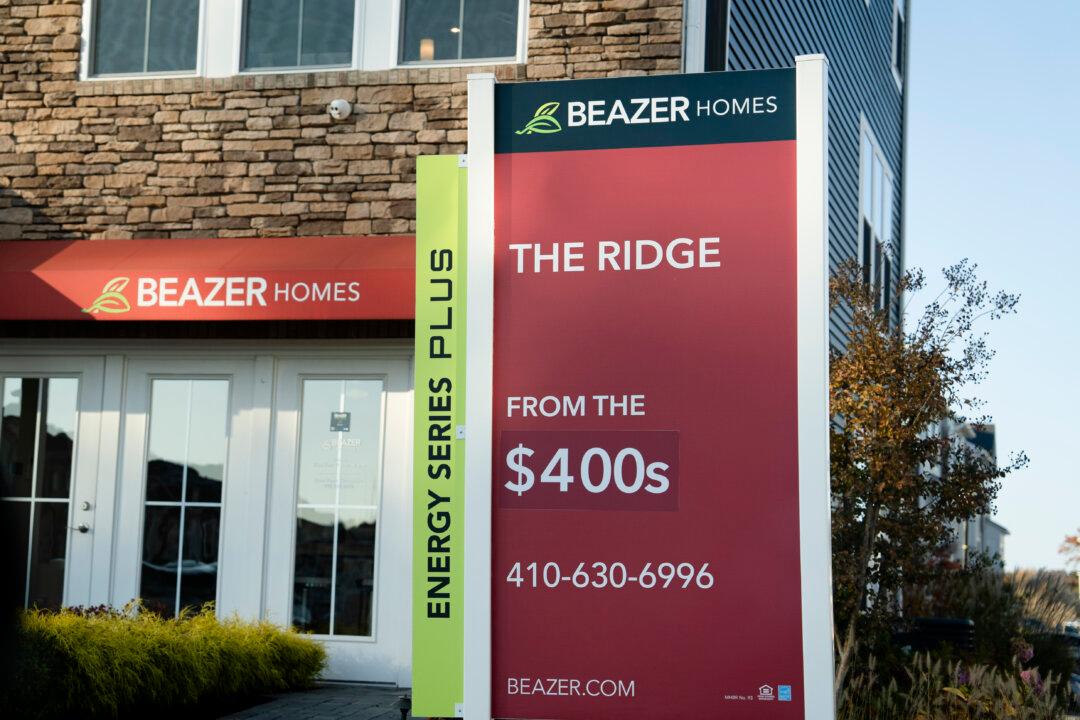The median down payment for buying a home in the United States has jumped to an all-time high, driven by factors like high home prices and mortgage rates, according to a report by real estate brokerage Redfin.
“The typical down payment for U.S. homebuyers hit a record high of $67,500 in June, up 14.8 percent from $58,788 a year earlier,” according to an Aug. 28 news release. Year-over-year down payment costs have been rising continuously over the past months, with June recording the 12th straight month of increase.





